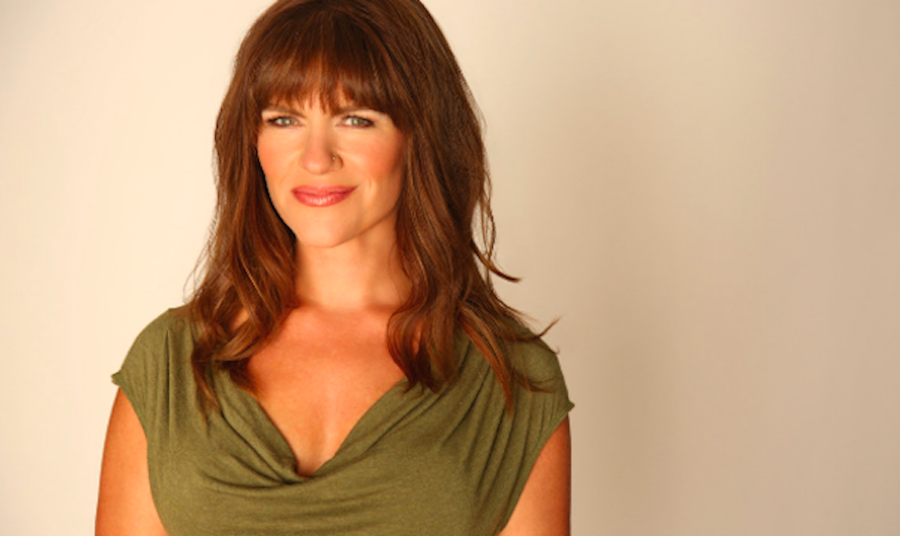The State of Women’s Health in America: We’ve Come a Long Way, We Have Longer To Go

When it comes to women’s health, we have good news and bad news—and an urgent need to provide more gender-specific, one-stop, comprehensive medical care for women.
When I completed my residency in Obstetrics and Gynecology back in 1998, I was taught to perform “bikini medicine;” that is, an impeccable breast and pelvic exam, including a pap, then send a woman for a mammogram if she was 40 or older. Now we know that approach is totally inadequate for the primary care of women.
Here’s why, but good news first.
- Women are closing the gap: a new analysis published last year showed that elite female triathletes are within a 7% performance gap of men.
- Women have greater microbial diversity in tests of the microbiome (consisting of the DNA belonging to the microorganisms in your gut), which is believed to be a predictor of greater health.
- In the United States, death rates for women with breast cancer have been declining by 1.8% per year since 2007. On the other hand, lifetime risk has climbed: approximately 12.8% of women will be diagnosed with female breast cancer at some point during their lifetime, based on the latest data and up from 12.5%.
Next, the bad news. Many of the biggest killers of women—heart disease, stroke, breast cancer, and Alzheimer’s disease—continue to be diagnosed and sometimes kill women at unprecedented rates. The gap often continues to widen. Consider these statistics.
- U.S. women are more likely to die in pregnancy and childbirth. The U.S. has among the highest cesarean section rate among developed countries—twice the rate of the Netherlands and Norway, yet the highest per capita health care costs.
- Most women and their doctors don’t realize that pregnancy is a “stress” test and that a diagnosis of pregnancy-induced hypertension, pre-eclampsia, gestational diabetes, preterm delivery, and giving birth to a small-for-gestational-age baby increase risk for future cardiovascular events.
- Rates of Alzheimer’s disease are expected to triple by the year 2050, and women are diagnosed at double the rates of men. Additionally, women are disproportionately tasked with caregiving responsibilities.
- Young women aged 35-54 are “catching up” to men in terms of cardiovascular mortality—during the period of life when we expect women to be protected and at lower risk.
- Overall, women die at higher rates of cardiovascular disease compared to men. Blood pressure is less likely to be controlled, and diabetes is riskier.
- Less than half of women recognize that heart disease is the #1 killer. Even primary care physicians fail to recognize the significant risk of heart disease in women, and rank breast health and weight as more pressing issues.
- For a woman who shows up to the emergency room with a heart attack, her chance of survival is two-to-three fold higher if she is cared for by a female physician versus a male physician. Male and female patients have the same survival whether they see a male or female physician, so the problem is the unique challenges when male physicians treat female patients. Not only do we need to understand why, we need to investigate if similar adverse outcomes are experienced by women when confronted with breast cancer, cognitive decline, anxiety, depression, autoimmune disease, and similar diseases in which we are disproportionately affected.
What are the implications—for women, for the men who care about women, and for researchers and clinicians? We’ve made progress in women’s health, but massive gaps persist in awareness and outcomes among both women and their practitioners. New sex and gender gaps continue to emerge, particularly related to heart health. Women require an integrated, multifaceted approach that gives voice to women and women’s health practitioners. We need more clinical trials and n-of-1 experiments, which are arguably better for pleiotropic therapeutic lifestyle interventions. We need to see far more entreaties like the one published from the President of the American College of Obstetricians and Gynecologists (a man) who joined forces with the President of the American Heart Association (also a man) and implored primary care providers to break down the silos and work together to perform more comprehensive risk factor assessment starting in women aged 20. Yes, please.
But we need to go further. Women deserve it and will die at disproportionate rates with it. We need to be more disruptive and exponential with our efforts in order to close the gender gap.
In summary, there are flashes of hope, but we must address the massive gender gap in both research and clinical care. I urge all of us, men and women alike, to put our heads together and endeavor to close these gaps with a fresh approach. I agree, but that’s just one step that doesn’t go far enough to address the massive inequities that persist for women. Go Red for Women is now in 50 countries, yet adverse cardiovascular trends continue to emerge. What are your ideas? We all need to dive in and work together to solve this urgent crisis for women.
This essay was featured in the March 1st edition of The Sunday Paper. The Sunday Paper inspires hearts and minds to rise above the noise. To get The Sunday Paper delivered to your inbox each Sunday morning for free, click here to subscribe.

